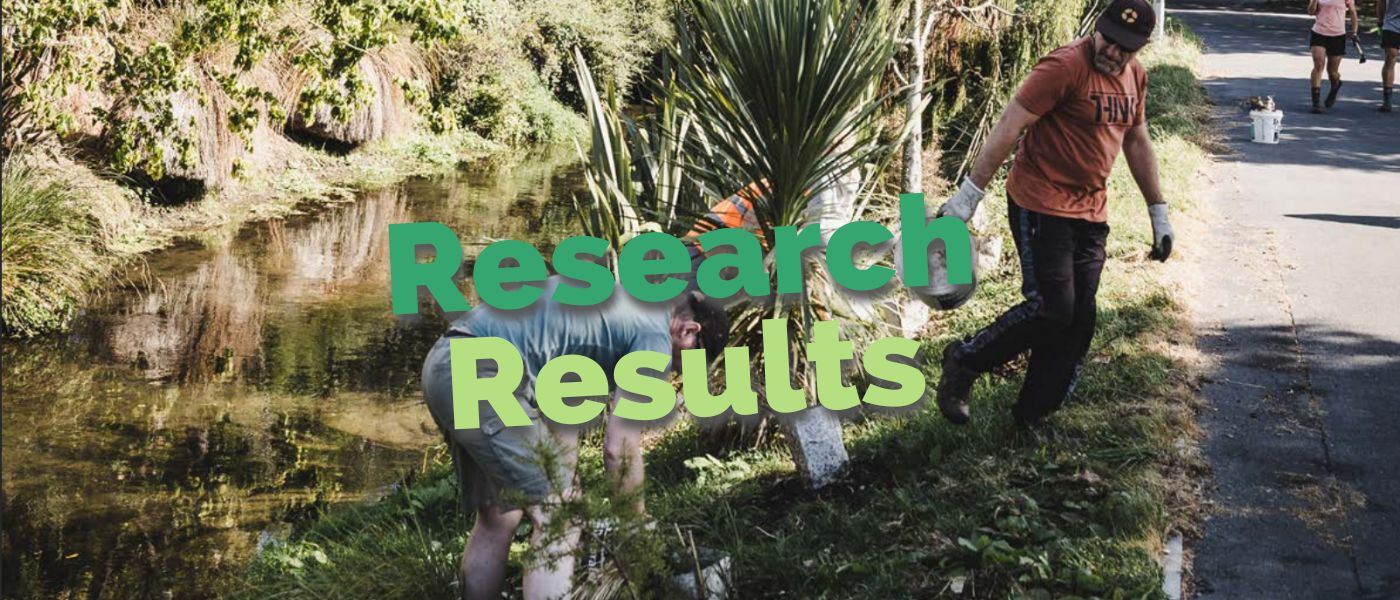
The Cawthron Institute has been leading a research project looking at the effectiveness of environmental collectives. One of the three very different collectives studied has been the Ōpāwaho Heathcote River Network. The research report is now available.
Reading a piece of research into the effectiveness of your own organisation is much like reading the outcome of a personality test that you have undertaken – somewhat surprising that it has been able to provide such intimate insight, somewhat affirming and heart-warming in the description of positive attributes while at the same time a little unnerving as it exposes possible inadequacies.
The research, “A Voice for the River: Collective Restoration by the Ōpāwaho Heathcote River Network” set out to investigate the role that the Network plays “…in supporting collective efforts to identify and realise improved socio-ecological outcomes for the Ōpāwaho Heathcote River”. The study was one of three within a wider research programme on restoration collectives for New Zealand’s Biological Heritage National Science Challenge carried out under the auspices of the Cawthron Institute.
The report authors intend that the results and conclusions will help:
- Other collectives, while recognising that every collective has unique features and issues to overcome
- Local government, funders and supporters of environmental collectives
- The Ōpāwaho Heathcote River Network itself to…
- celebrate its successes and strengths,
- reflect on its members’ views on key relationships across the collective
- advocate for further resourcing
- contemplate opportunities to further enhance its work in the catchment
Three distinct roles of the Network were identified by the researchers:
- Practical catchment restoration, largely by the community groups within the Network supported by resources from the Network
- Whole-of-river strategy and advocacy, largely by the actions of the Network Committee
- Enhancing community-river connections and ecological literacy within the wider community
As might be expected, open, positive relationships between all parts of the Network, mana whenua, local government agencies and individuals were seen as critical to the success of the Network’s mission. Maintaining and developing these relationships was noted as an on-going focus for all involved.
At a time when many collectives are being established around Aotearoa New Zealand to undertake environmental action, the report is worth reading to understand some of the strengths that come from a collective way of working, and some practical questions for any collective to consider.
The amorphous nature of the Network – the Committee, the community groups, individual members – was identified as both a strength and a potential weakness: “We suggest that these different perceptions of who the ŌHRN is are not necessarily problematic, but rather reflect the diversity of people involved and the range of work they are engaged in at different scales. These different kinds of work – whether hands-on practical restoration, or strategic advocacy – enable people to connect with the river and the community in different ways.”
The research report, unlike many, is an extraordinarily easy read with quotes throughout it to give a flavour of the participants’ voice. For example:
I think it’s one of those things where if there wasn’t ŌHRN, there’d be a hole. [I] wouldn’t say that these individual groups wouldn’t be able to function and wouldn’t [be] quite strong in their own way. But the fact that ŌHRN does exist is actually a plus, it’s like meringue on top of the pudding. It adds a frothy layer on top which without it, somehow the pudding would be less … (Committee member).
So, if you are interested in the results of this “pudding” research, go straight to the actual report for insights into the effectiveness of the Ōpāwaho Heathcote River Network.

